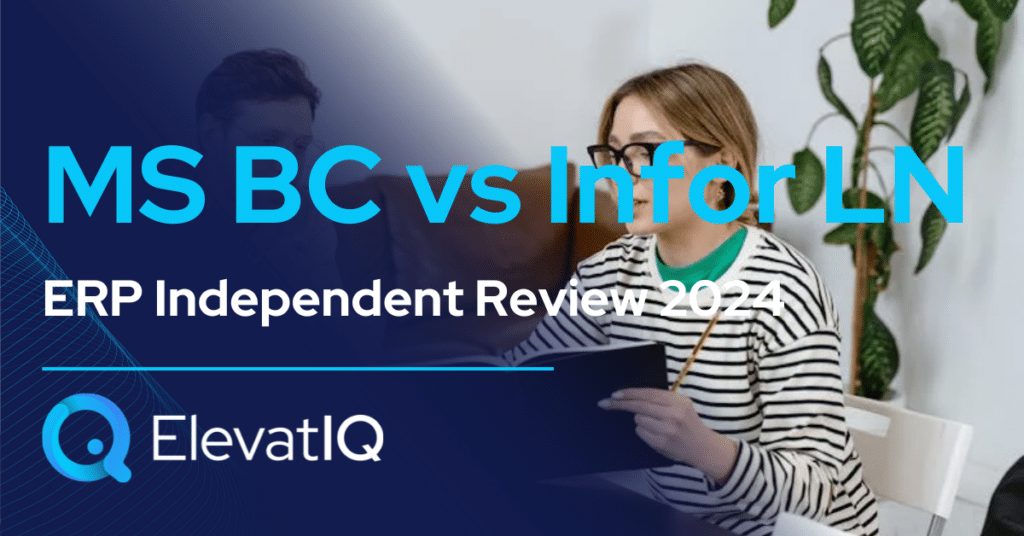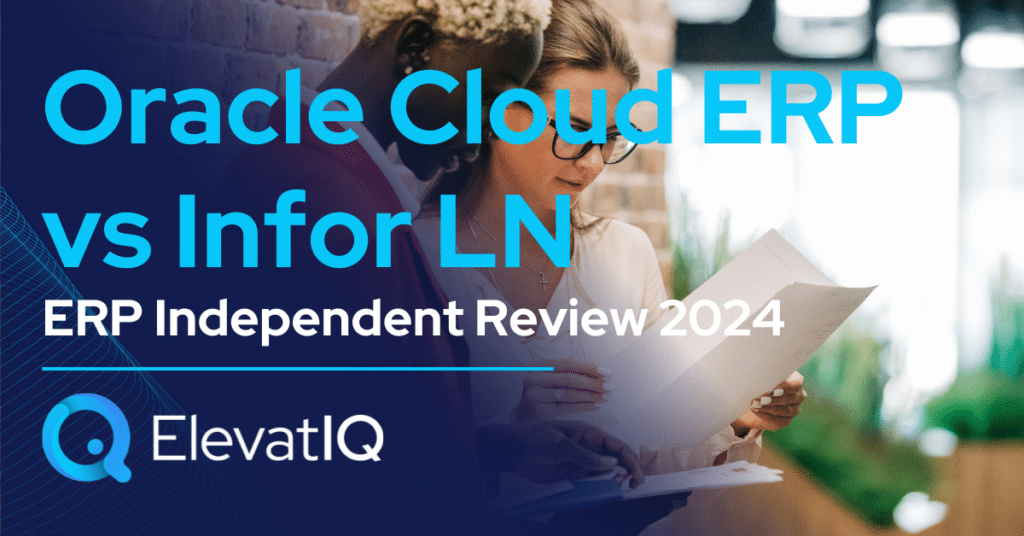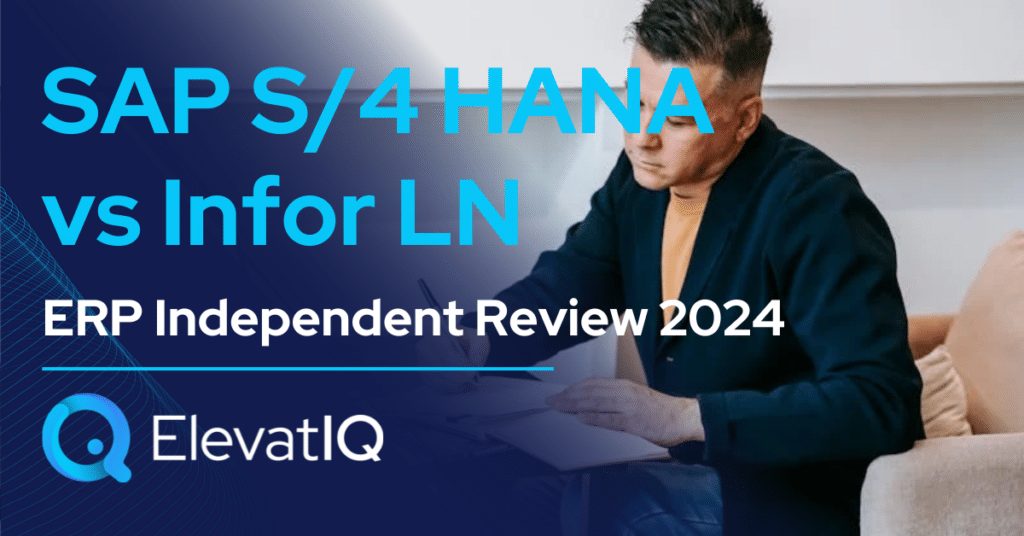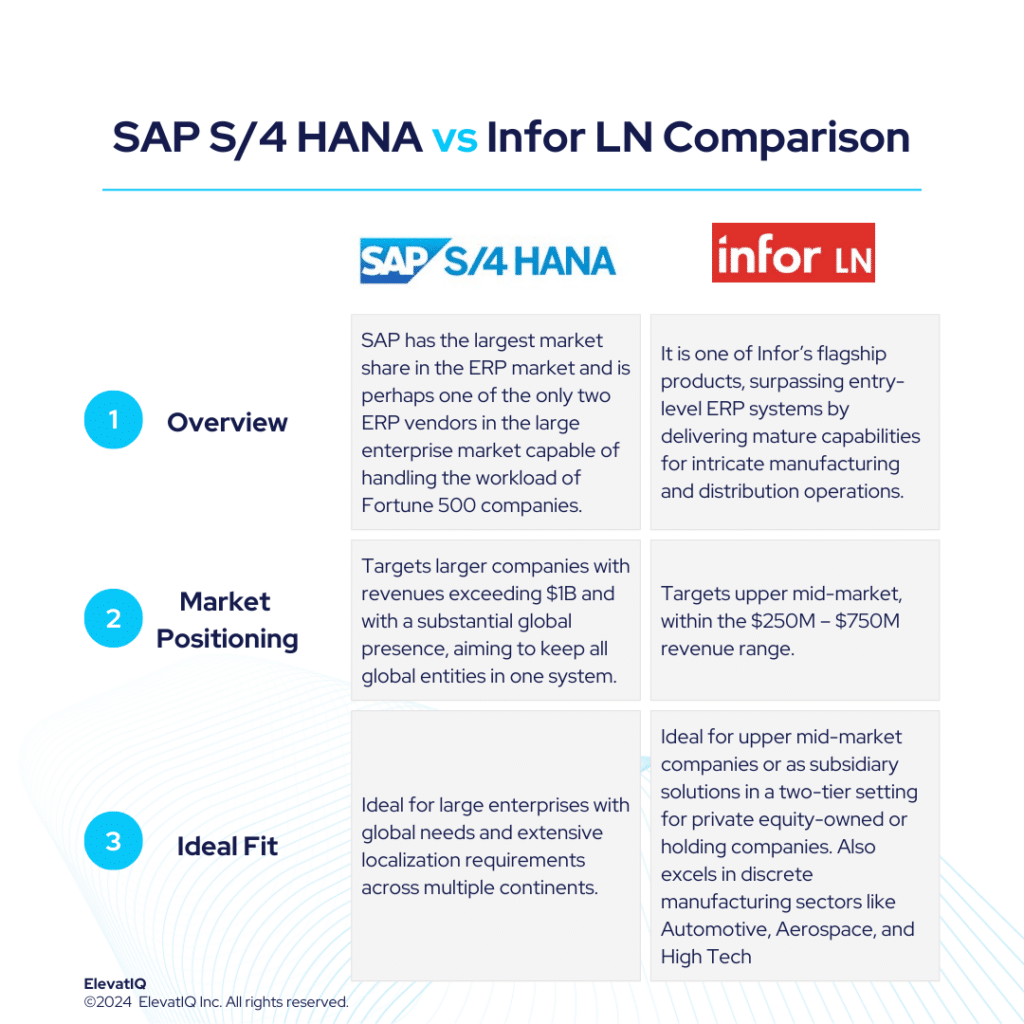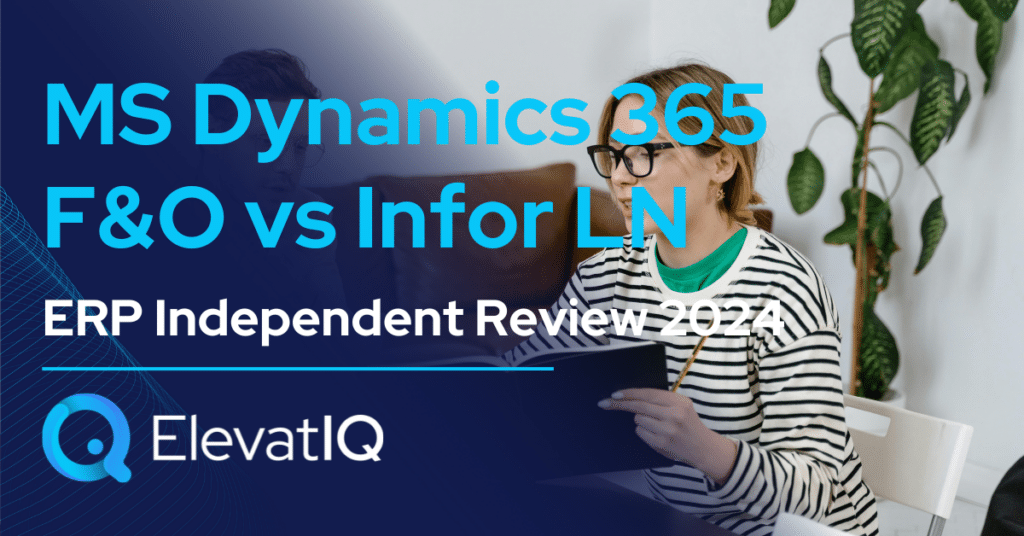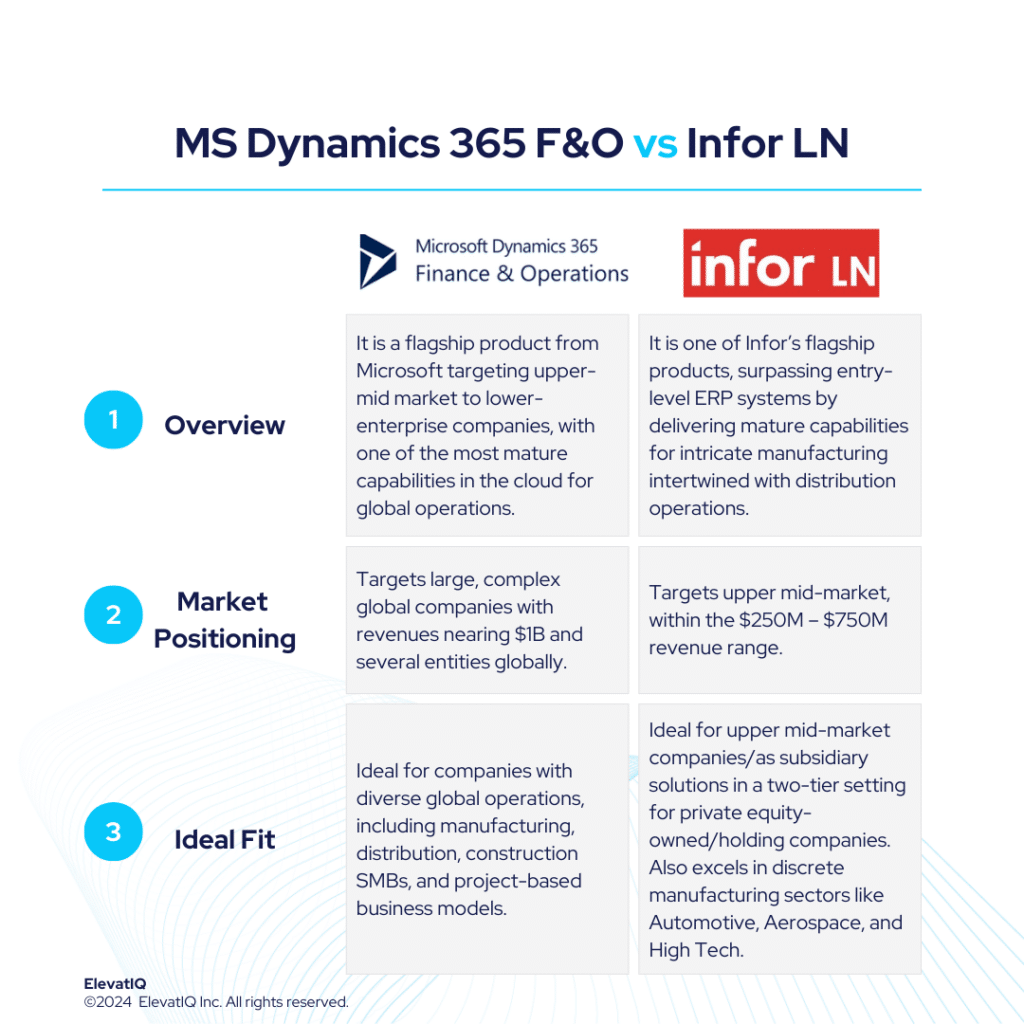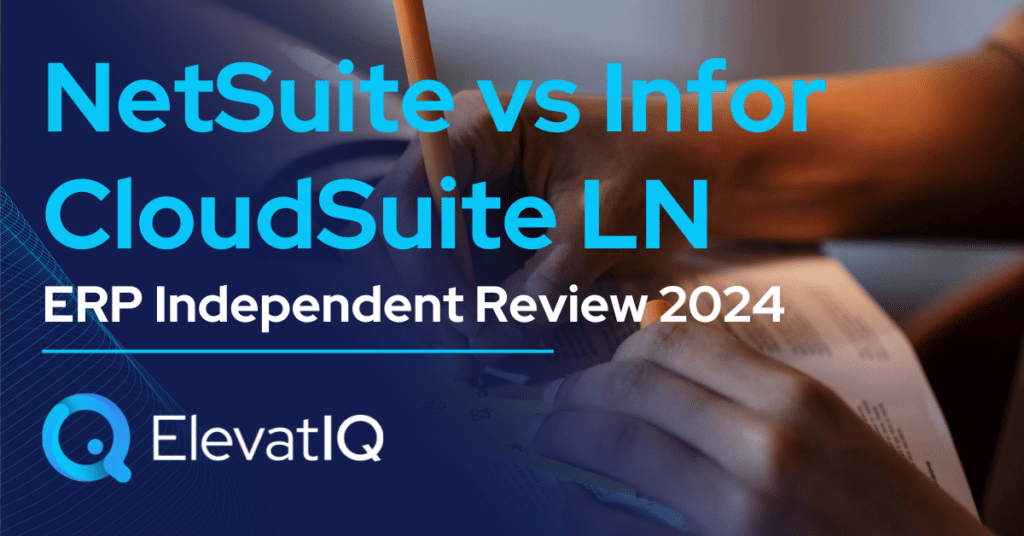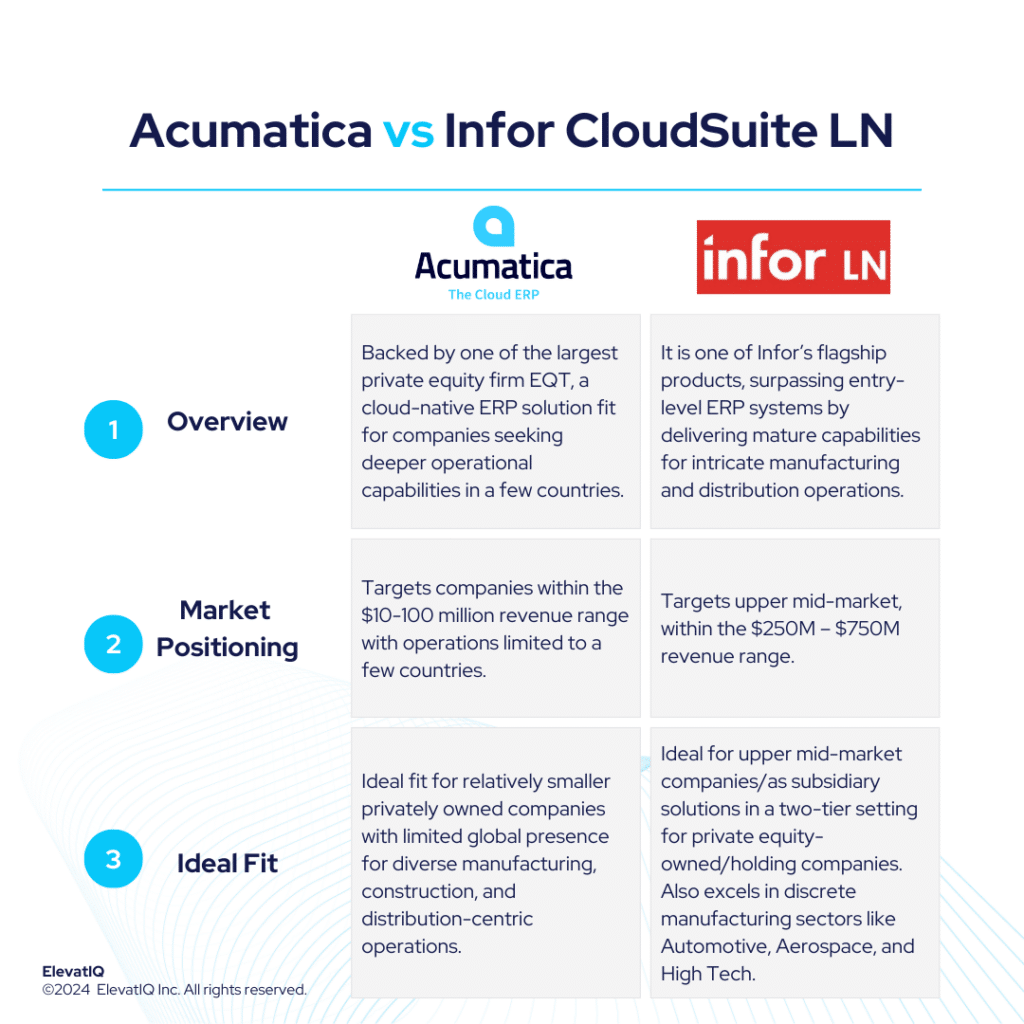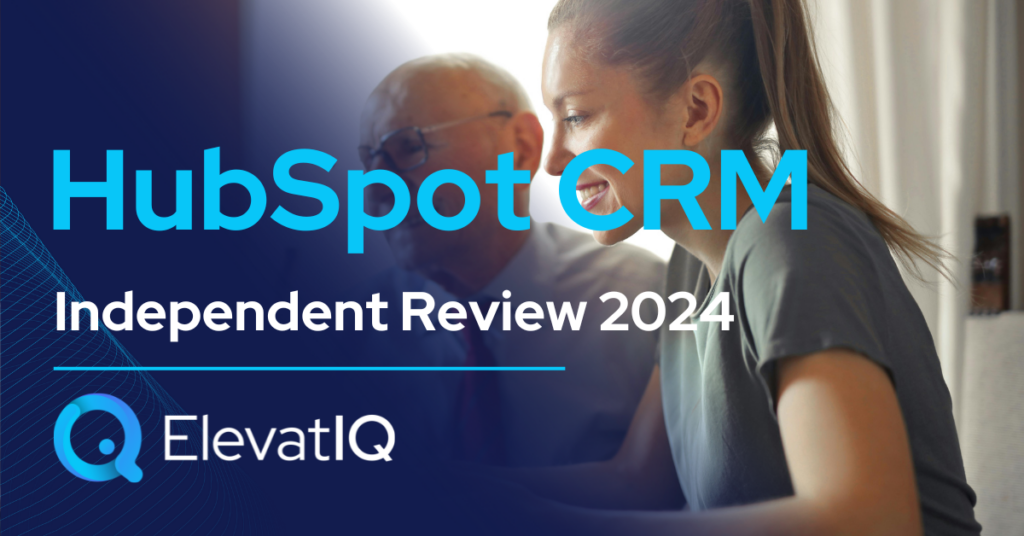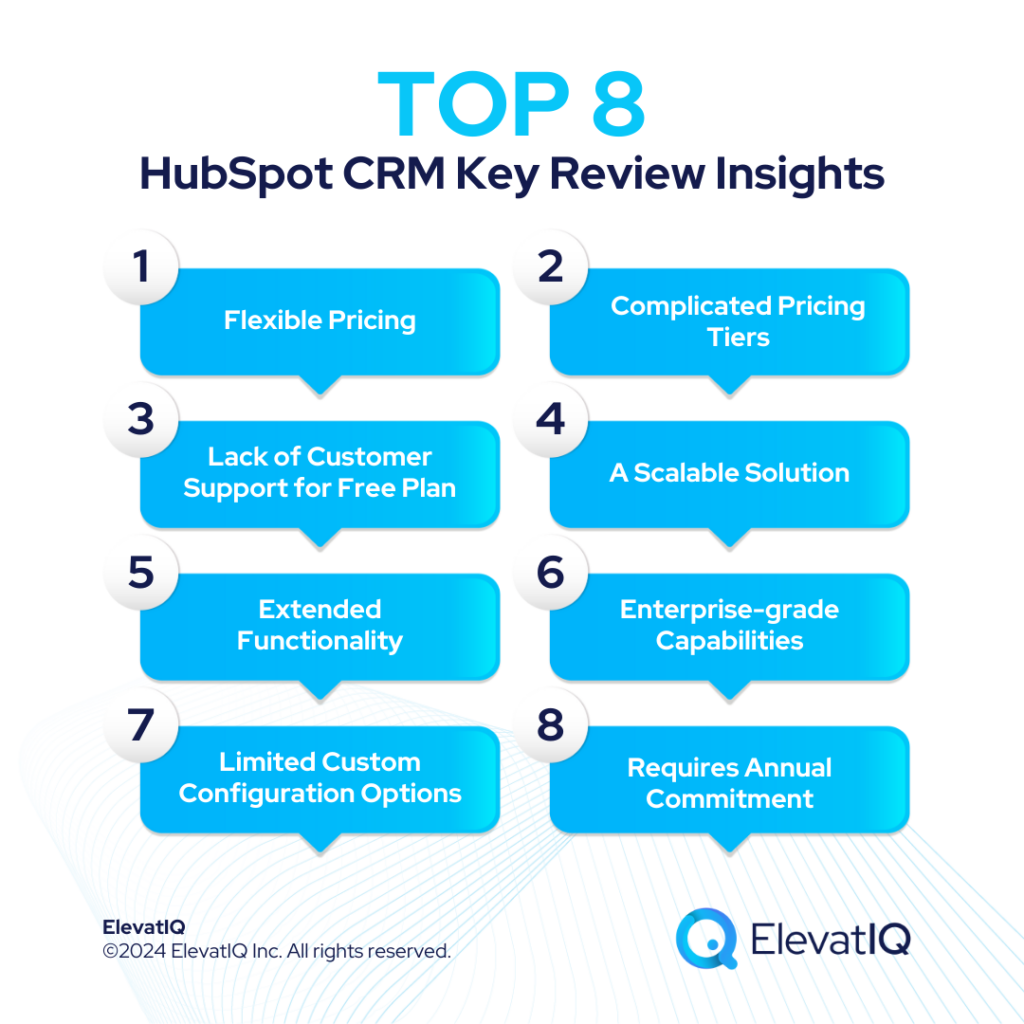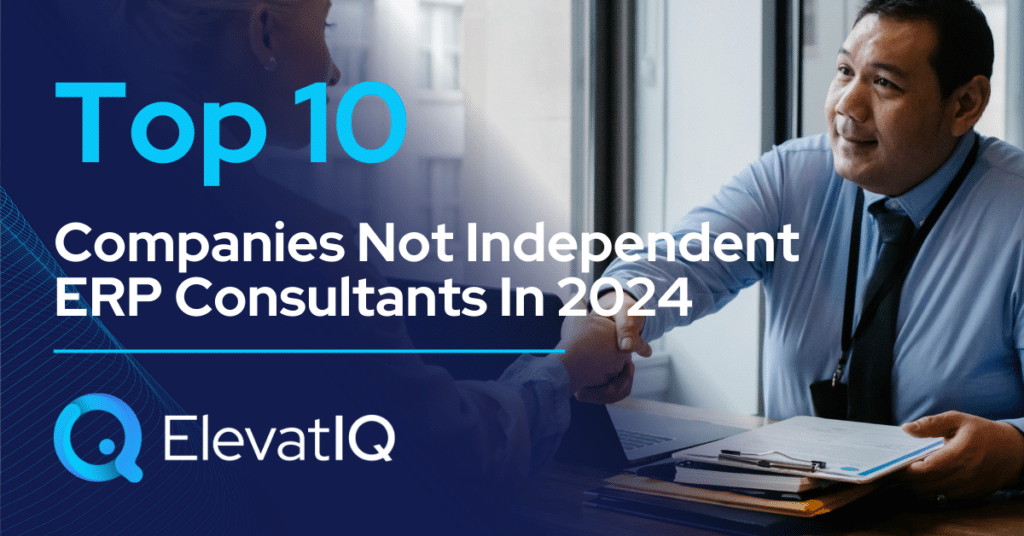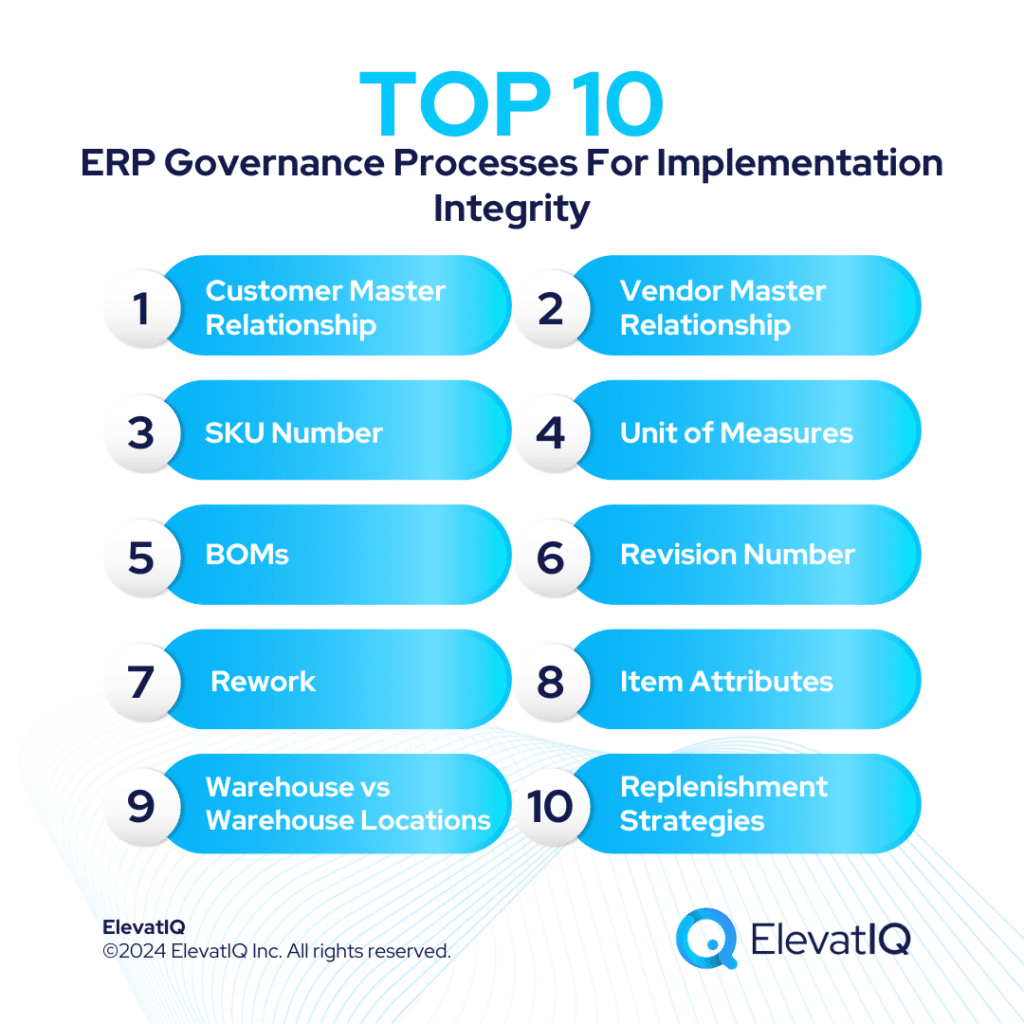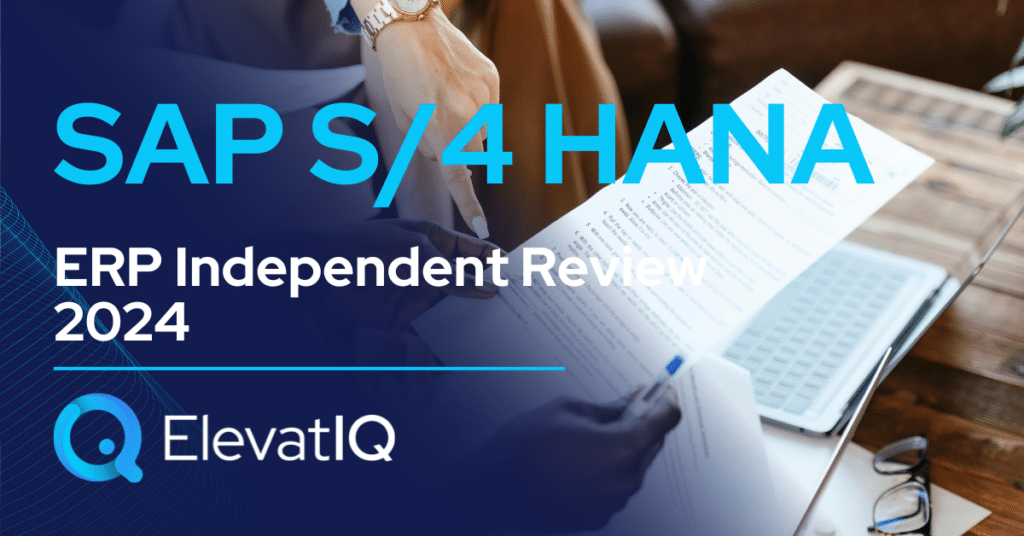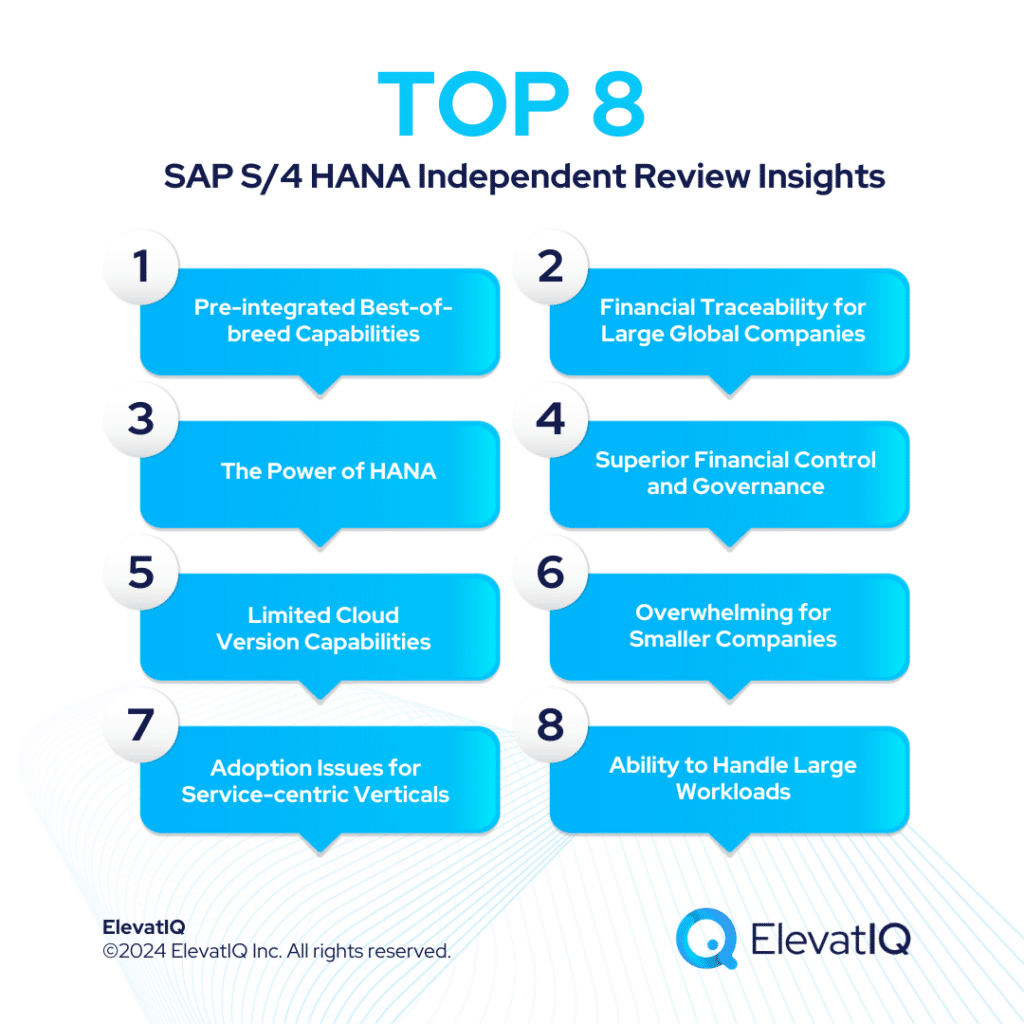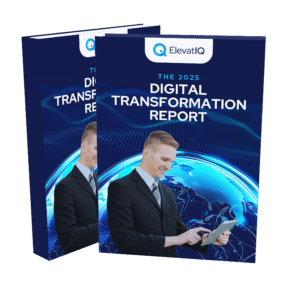MS BC vs Infor LN ERP Independent Review 2024
Microsoft Dynamics 365 Business Central serves as a logical choice for companies outgrowing smaller ERP, MRP, and accounting systems like QuickBooks, Microsoft GP, Odoo, Katana, or Fulcrum. On the other hand, Infor CloudSuite LN surpasses entry-level ERP systems like Acumatica, Infor CSI, or NetSuite, by delivering mature capabilities for intricate manufacturing intertwined with distribution operations. The sweet spot for MS BC would be $30M-$250 in revenue and a higher revenue band for companies that might use MS BC just for accounting and financial reporting while using mature operational systems at the subsidiary level. Whereas, Infor LN is successful in the upper mid-market, targeting the $250M – $750M revenue range.
The biggest advantage of MS BC is its consulting ecosystem and community support, which is much bigger than most ERP ecosystems. Contrastingly, Infor LN also provides a superior suite experience akin to SAP and Oracle, featuring enterprise-grade best-of-breed functionalities, including PLM, WMS, WFM, BI, and a supply chain collaboration platform.
MS BC is also ideal for companies with diversified, global operations aspiring to keep all of their entities in one database for easier reconciliation and tracking. While Infor LN excels in discrete manufacturing and offers a robust suite experience, it does face certain challenges in specific scenarios such as with process-centric operations for companies. Choosing between MS BC vs Infor LN requires a detailed examination, and thus, this comparison offers valuable insights for ERP selection projects. Therefore, let’s explore further.
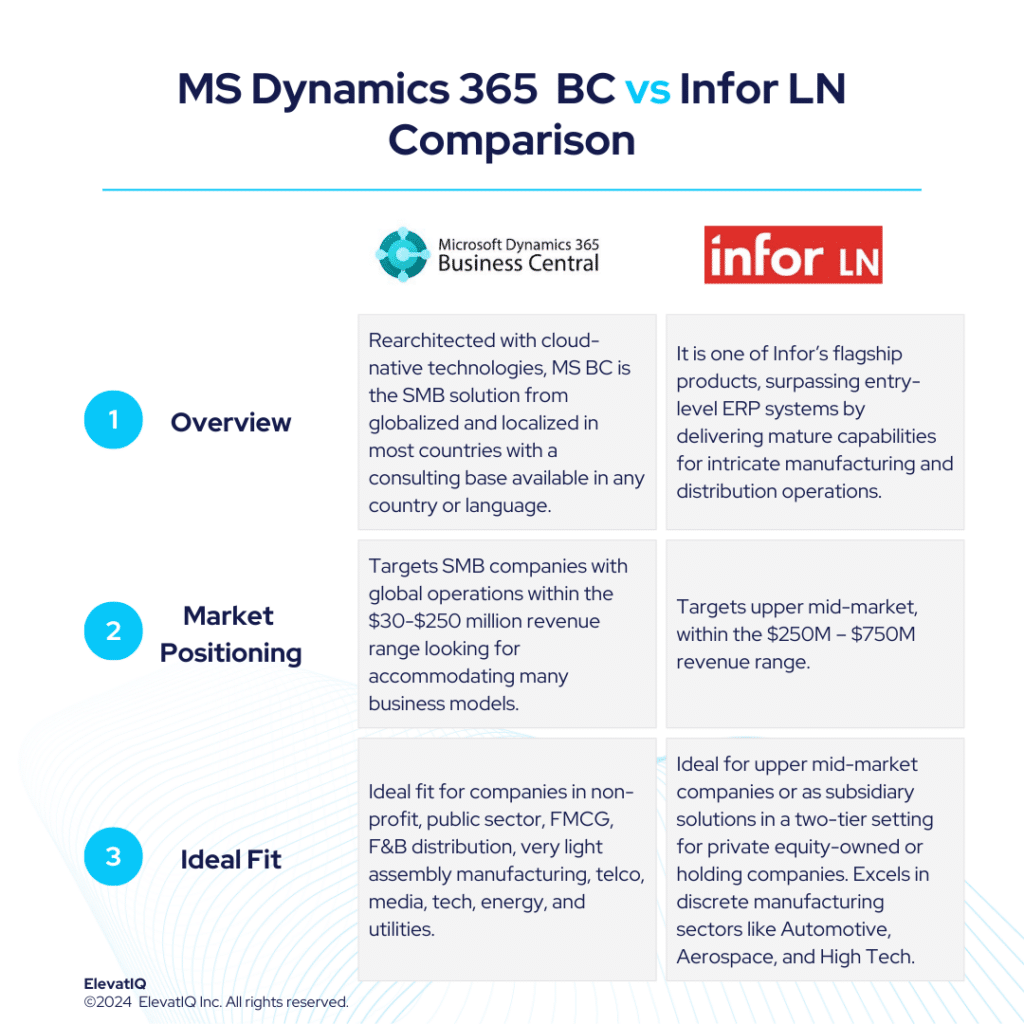

| MS Dynamics 365 BC | Infor CloudSuite LN | |
| Started in | 2018 (Previously NAV) | 2006 (when Infor acquired BaaN) |
| Ownership by | Microsoft | Koch Industries |
| No. of customers | 60000+ | 1000+ |
What is MS Dynamics 365 Business Central?
Rearchitected with cloud-native technologies, Microsoft Dynamics 365 Business Central is the SMB solution from Microsoft, globalized and localized in most countries with a consulting base available virtually in any country or language. Microsoft Dynamics 365 Business Central serves as a logical choice for companies outgrowing smaller ERP, MRP, and accounting systems like QuickBooks, Microsoft GP, Odoo, Katana, or Fulcrum. It is positioned against competitors such as Netsuite, Sage Intacct, and Acumatica. It also offers a vibrant ecosystem with numerous add-ons catering to industry-specific needs.
The sweet spot for MS BC would be $30M-$250 in revenue and a higher revenue band for companies that might use MS BC just for accounting and financial reporting while using mature operational systems at the subsidiary level. The biggest advantage of MS Dynamics 365 BC is its consulting ecosystem and community support, which is much bigger than most ERP ecosystems, and that’s why it’s probably one of the most popular solutions across geographies.
Microsoft Dynamics 365 Business Central is also ideal for companies with diversified, global operations aspiring to keep all of their entities in one database for easier reconciliation and tracking. While the add-ons might allow companies to use Microsoft Dynamics Business Central for complex industrial operations, the natural design and core would be compatible with companies in industries such as non-profit, public sector, FMCG, F&B distribution, very light assembly manufacturing, telco, media, tech, energy, and utilities.
What Is Infor CloudSuite LN?
Infor CloudSuite LN is a complete product suite to meet the needs of an enterprise particularly similar to Epicor, SAP, Oracle, or Microsoft. Infor is also perhaps the only vendor after the larger ones that has the capabilities to build best-of-breed architecture akin to SAP, Oracle, and Microsoft. In fact, Infor might have deeper capabilities than Microsoft in some areas with pre-integrated best-of-breed solutions such as Infor WFM and Nexus. Infor is also the only vendor that can provide depth in several industries while not struggling with the transactional processing requirements of large accounts.
Infor LN is particularly ideal for discrete manufacturing companies. It is successful in the upper mid-market, targeting the $250M – $750M revenue range. Positioned for companies surpassing entry-level ERP systems like Acumatica, Infor CSI, or NetSuite, this solution delivers mature capabilities particularly for intricate manufacturing intertwined with distribution operations. Infor LN also provides a superior suite experience akin to SAP and Oracle, featuring enterprise-grade best-of-breed functionalities, including PLM, WMS, WFM, BI, and a supply chain collaboration platform.
While Infor LN excels in discrete manufacturing and offers a robust suite experience, it does face certain challenges in specific scenarios such as with process-centric operations for companies. They might also include business operations such as plastic or chemicals as part of their automotive operations. Despite limitations in broader capabilities compared to other vanilla solutions, recent upgrades acknowledge its broader application in various automotive business models.
MS BC vs Infor LN Comparison
Navigating the choice between MS BC vs Infor LN is a significant decision for businesses particularly looking for operational efficiency and strategic alignment. Thus, this section delves into the comprehensive comparison of MS BC vs Infor LN across various critical dimensions.
| MS Dynamics 365 BC | Infor CloudSuite LN | |
| Global Operational Capabilities | Supported and actively installed in most countries globally. | Has sufficient layers of financial hierarchies and global trade compliance functionality pre-baked with products. |
| Diverse Capabilities | Supports multiple industries and business models. | Limited focus on certain business models. |
| Best-of-breed Capabilities | Pre-integrated with Microsoft CRM and field service but relies on third-party add-ons for additional capabilities. | HCM, PLM, data lake, ERP, WMS, TMS, and advanced supply chain planning, are all pre-integrated with LN. |
| Last-mile Capabilities | May require add-ons for specific micro-verticals. | Last-mile capabilities along with breadth of capabilities for diversified manufacturing business models. |
| Operational Functionalities | Emphasizes core ERP capabilities, relying on partner add-ons for industry-specific capabilities. | Infor LN is a legacy solution with limited cloud-native capabilities such as universal search, mobile experience, etc. |
| Integration Capabilities | Common data model, power platform and automate along with MS Azure platform for additional development and integration. | Most tools that a manufacturer would require, such as HCM, PLM, data lake, ERP, WMS, TMS, and advanced supply chain planning, are all pre-integrated with LN. |
| Manufacturing Capabilities | Lighter manufacturing capabilities. | This solution delivers mature capabilities for intricate manufacturing and distribution operations. |
| Pricing Model | Per named user, per month. True consumption-based licenses can be adjusted without long-term contracts | Subscription-based |
| Key Modules | 1. Financial Management 2. CRM 3. Distribution Management 4. Supply Chain Management 5. Project Accounting Management 6. Inventory Management 7. Reporting, Dashboard and BI | 1. Financials 2. Human Resources 3. Manufacturing Management 4. Inventory Management 5. Purchasing Management 6. Quality Management 7. Sales Management 8. Product Technology |
MS BC vs Infor LN Feature Comparison
Both platforms offer a plethora of features and functionalities designed to streamline business operations and enhance efficiency. In this feature comparison, we delve into particularly the distinct capabilities of MS BC vs Infor LN across various critical dimensions, providing insights to aid businesses in making informed decisions regarding their ERP selection. Thus, this section discusses features under each of the following modules, particularly financial management, supply chain management, and manufacturing management.
Financial Management Comparison
In this section, we are discussing a detailed comparison of the financial management capabilities particularly offered by MS BC vs Infor LN. By examining their respective strengths and functionalities, particularly in managing financial processes. Businesses can therefore gain valuable insights to determine the best-suited ERP solution for their financial management needs.
| MS Dynamics 365 BC | Infor CloudSuite LN | ||
| Financial Management | General Ledger | Initiates general ledger postings, chart of accounts, general journals, VAT facilities, recurring journals, and source codes. | The General Ledger is the core component of Infor LN Financials, recording all transactions within the application that affect accounting. |
| Accounts Receivable and Accounts Payable | Automates accounts receivables and payables and facilitates seamless reconciliation of accounts for swift and precise financial reporting. | AR manages customer invoices and credit, while AP handles supplier invoices and balance management. | |
| Cash Flow Management | Provides comprehensive forecasting, analysis, and Azure ML-based prediction of cash inflows and outflows. | Provides comprehensive forecasting, analysis, and Azure ML-based prediction of cash inflows and outflows. | |
| Currency Management | Manages multiple currencies across the system, including payables and receivables, general ledger reports, resource and inventory items, and bank accounts. | The LN multicurrency systems allow a company to conduct accounting in multiple currencies, calculating and registering amounts in up to three currencies. | |
| Tax Management | Offers automated, configurable, and scalable tax determination, calculation, and settlement capabilities, accommodating complex tax scenarios across various business requirements | Tax reporting is part of financial accounting and is limited to one country, so LN’s tax handling in a multicompany structure is similar to that in a single company environment. |
Supply Chain Management Comparison
In this comparison, we explore and analyze the supply chain management capabilities of MS BC vs Infor LN, shedding light particularly on their respective strengths and weaknesses.
| MS Dynamics 365 BC | Infor CloudSuite LN | ||
| Supply Chain Management | Warehouse Management | Can be implemented in different complexity levels, depending on a company’s processes and order volume. The main difference is that activities are performed order-by-order in basic warehousing when they are consolidated for multiple orders in advanced warehousing. | Warehousing focuses on managing and replenishing goods within a warehouse, including tasks to report and analyze inventory movements. |
| Service Management | Service management is not built as part of the core platform but a pre-integrated specialized app is available for field service operations | Manages the maintenance, repair, and overhaul of field-based and plant-based products, equipment, and systems. | |
| Inventory Management | Ensures inventory availability by automatically computing stock levels, lead times, and reorder thresholds. Also, maintains optimal inventory levels by adjusting orders dynamically based on real-time inventory updates. | Can support complex inventory types including dedicated inventory masters for MRO or quality components for added granularity and control | |
| Purchase Order Management | Manages purchase orders, including blanket orders and related processes. | Can create and modify purchase orders for purchasing goods. | |
| Sales Order Management | Manages sales orders, including blanket sales orders and associated processes. | They are utilized to sell and deliver items or services to a sold-to business partner under specific terms and conditions, originating from various sources like Contracts, Quotations, EDI, and Planning. | |
| Requisition Management | Organizes complex distribution processes involving multiple products and suppliers. | Specifies nonsystem planned requirements for different types of items, including inventory items, cost items, and service items. |
Manufacturing Management Comparison
In this comparison, we explore and analyze the manufacturing management capabilities of MS BC vs Infor LN, shedding light, particularly on their respective strengths and weaknesses.
| MS Dynamics 365 BC | Infor CloudSuite LN | ||
| Manufacturing Management | Production Planning | Enables the creation of production orders, definition of routings, allocation of resources, and optimization of production sequences, ensuring seamless operations. | One of the most robust production planning capabilities including advanced planning and scheduling capabilities for diverse manufacturing operations |
| BOM and Routing | Allows for the detailed mapping of production processes, including the components, subassemblies, and resources used, as well as the sequence of operations. | It is stored as general item data for LN in Item Production Data (IPD). | |
| Advanced Planning and Scheduling | Takes into account all demand and supply data, nets the results, and creates suggestions for balancing the supply to meet the demand, ensuring optimized resource utilization and efficient production control. | Stores scheduling information for projects, allowing you to define project plans along with associated activities and milestones. |
Pros of MS BC vs Infor LN
When evaluating ERP solutions, understanding the distinct advantages of MS BC vs Infor LN is crucial. In this section, we are particularly exploring the strengths of MS BC vs Infor LN across various dimensions. Thus, shedding light on their respective ERP capabilities and functionalities.
| MS Dynamics 365 BC | Infor CloudSuite LN |
| Natively supports global regions and localizations where Acumatica, Epicor, or Infor might have limited support. | Ideal for upper mid-market companies or as subsidiary solutions in a two-tier setting for private equity-owned or holding companies. |
| Unlike several products, it has support for several European, Asian, and African countries where most products might struggle. | It can support the most complex manufacturing business models, WBS-centric manufacturing, or support for attributes with MRP planning. |
| The data model is friendlier for FMCG and distribution companies requiring native support for complex features such as bin tracking or license plate support. | Most tools that make-to manufacturer would require, such as HCM, PLM, data lake, ERP, WMS, TMS, and advanced supply chain planning, are all pre-integrated with LN. |
| The product has been completely rearchitected using the cloud-native architecture. Cloud ERP capabilities are stronger than those of competing products. | While most smaller solutions might require ad-hoc arrangements for global financial operations, Infor CloudSuite LN has them natively built. |
Cons of MS BC vs Infor LN
Just like recognizing strengths is important, it’s also crucial to weigh the specific drawbacks of MS BC vs Infor LN. Therefore, in this section, we will delve into the limitations and challenges associated with MS BC vs Infor LN across various operational and financial dimensions.
| MS Dynamics 365 BC | Infor CloudSuite LN |
| Only fit for FMCG-centric distributors. The industrial distribution would require add-ons to support capabilities. | The limited focus on certain business models poses the risk of requiring other ERP systems to support complex and diverse business operations such as process manufacturing or metal-centric A&D companies. |
| While the ecosystem may have options for distribution industries, it might not have integrations with the best-of-breed eCommerce systems in the industrial distribution space. | Private equity and holding companies requiring global solutions with a tier-2 solution at the subsidiary level might not be the best use of Infor LN’s strengths. |
| The financial traceability may not be as intuitive for global, publicly traded non-profit companies. | Infor LN is a legacy solution with limited cloud-native capabilities such as universal search, mobile experience, etc |
| The data layers are highly detailed, requiring substantial consulting help to be successful. | The consulting base and marketplaces are virtually non-existent for Infor LN. |
| Microsoft doesn’t offer any support or control to its smaller products, leading to ERP implementation issues. | The integration of Infor LN with MES enhances its capabilities, particularly in complex manufacturing processes. |
| While Microsoft Dynamics 365 BC has a vibrant marketplace to augment its core capabilities, the last-mile capabilities required for manufacturing or industrial distribution might be limited. | Verticals such as automotive manufacturing demand deeper integration of PLM, CAD, and vendor portals to effectively manage their unique processes. |
Conclusion
In conclusion, both MS BC and Infor LN present compelling ERP solutions tailored to distinct market segments and operational needs. MS BC stands out with its extensive global support and cloud-native architecture, making it an excellent fit for SMBs in various industries such as non-profits, public sector, FMCG, and light manufacturing. Its strength lies in its vast consulting ecosystem and community support, which facilitate seamless implementation and customization. However, MS BC may require additional third-party add-ons to meet the complex requirements of industrial distribution and more intricate manufacturing operations.
On the other hand, Infor LN excels in serving upper mid-market companies, particularly in discrete manufacturing sectors like automotive, aerospace, and high-tech industries. Its comprehensive suite of pre-integrated best-of-breed functionalities, including PLM, WMS, and advanced supply chain planning, ensures robust operational capabilities. Despite its strength in handling complex manufacturing processes, Infor LN faces challenges such as limited cloud-native features and a smaller consulting base compared to MS BC. Ultimately, the choice between MS BC vs Infor LN depends on a company’s specific needs, operational complexity, and strategic goals, making it crucial particularly for businesses to conduct a thorough evaluation to determine the most suitable ERP solution. Also, seeking assistance from an independent ERP consultant can significantly aid the decision-making process.


